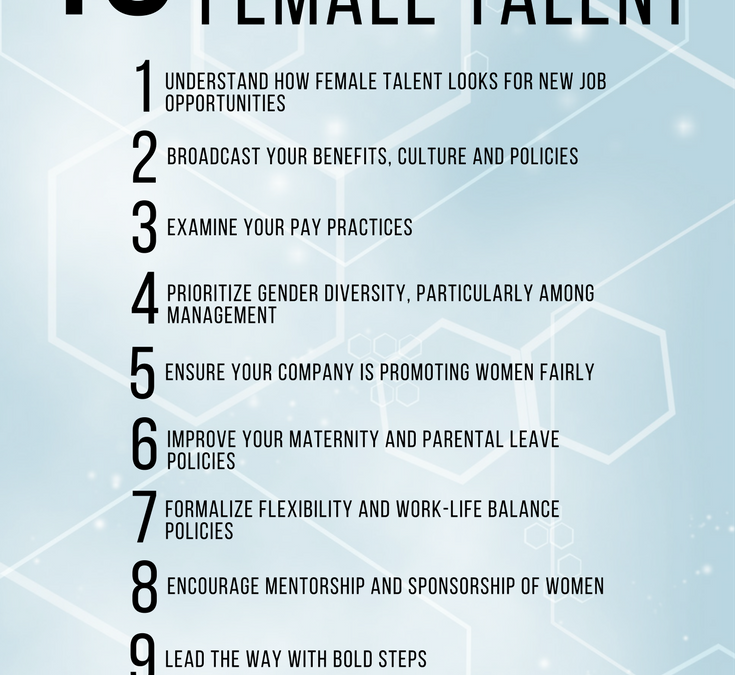DirectEmployers Blog
Partners

10 Best Practices for Attracting and Retaining Female Talent
As a founder of Fairygodboss, I have heard from a lot of women about their workplace experiences. As you can imagine, their stories include the good, the bad, and the ugly. For the past two years, we’ve provided a free and safe platform for women to authentically...

Honoring National Black History Month
As the month of February comes to a close, DirectEmployers Association would like to honor National African American History Month and the trailblazers who have opened the door for equality in the workplace. President Gerald R. Ford officially recognized Black History...

Student Veterans of America (SVA): Partnering to Connect Student Veterans & Employers
Part of growing as an Association means widening our partnership net and including more organizations that align with our mission and primarily, our Members’ needs. One area that you, our Members, consistently request are additional veteran outreach opportunities, and...

Building a Pipeline for Talent with a Disability: Creating the Right Approach & Culture
Reaching Out: Create an Approach Once you have identified several potential sourcing organizations (VR, community based organizations, non-profits, and organizations on campuses/universities), consider your approach to these organizations. Consider a method similar to...

People with Multiple Sclerosis Bring a Wealth of Experience to the Workforce
Most people with MS are diagnosed between the ages of 20 and 50 — prime career years! At this age, many people have already completed their advanced training/education, have been working and moving up the career ladder. You can increase visibility as an employer with...

Sourcing & Onboarding IDD Talent
People with intellectual and developmental disabilities (IDD) represent an 85% unemployment rate in the U. S.—a significant untapped talent pool that offers substantial potential to employers across all industries. According to the Institute for Corporate Productivity’s (i4cp) groundbreaking study, Employing People with Intellectual and Developmental Disabilities, over a third of employers in high-performance organizations—those companies that excel in market share, revenue growth, profitability, and customer satisfaction over a five-year period—that employee people with IDD found them to be good talent matches for open positions.

Dialogue to Make #InclusionWork
October is a special time of year for us at the Department of Labor. If you’ve been following this blog in recent weeks, you may already know why; It’s National Disability Employment Awareness Month. Managed by our Office of Disability Employment Policy, this annual observance celebrates the contributions of workers with disabilities and educates Americans about the value of a diverse workforce that welcomes everyone’s skills and talents. In other words, it’s all about inclusion.

Building a Pipeline for Talent with a Disability: Tips and Techniques for Sourcing
We are all in search of great talent. "If you want to have a workforce that thinks outside of the box I think it’s really important to be tapping into a diverse population like the population of workers with disabilities, because they live outside of the box. They’re...

My Son With a Disability Deserves the Same Opportunities as Everyone
Twenty four years ago my son, Jacob, was born with hydrocephalus, or water on the brain. After several surgeries, doctors told us Jacob would be living with both physical and intellectual disabilities. They also told us not to expect much of Jacob in terms of his ability to participate in civic life, community life and in work. And they plunged us into what I now call the “The Tyranny of Low Expectations.”

Employment & Multiple Sclerosis
MS affects more than 2.3 million worldwide.
If you have met one person with multiple sclerosis (MS), than you have met one person with MS — as no two people’s experiences are the same. MS is an unpredictable, often disabling disease of the central nervous system that disrupts the flow of information within the brain, and between the brain and body. Symptoms vary from person to person and range from numbness and tingling, to walking difficulties, fatigue, dizziness, pain, depression, blindness and paralysis. The progress, severity and specific symptoms of MS in any one person cannot yet be predicted.
